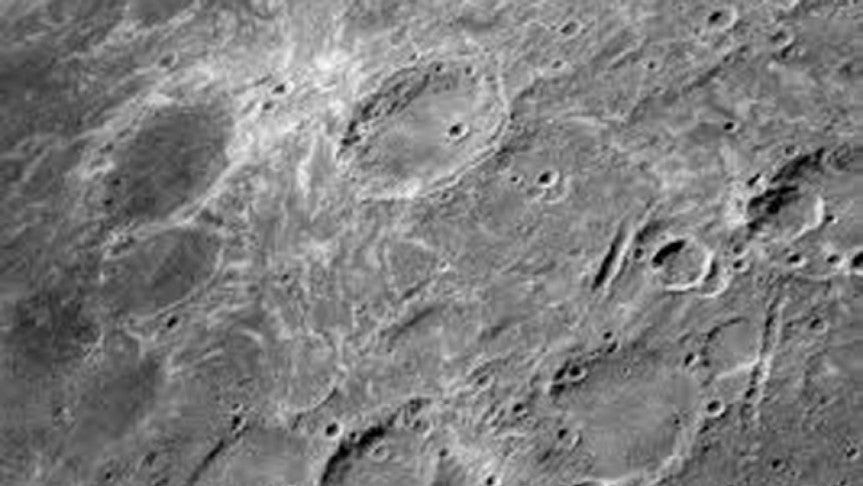Revealed: How the moon got its tattoos

New NASA research has given new clues to how the moon got its mysterious ‘tattoos’ — swirling patterns of light and dark found at over a hundred locations across the lunar surface.
‘These patterns, called ‘lunar swirls,’ appear almost painted on the surface of the moon,’ said John Keller from NASA’s Goddard Space Flight Centre in Greenbelt, Maryland, reports IANS.
‘They are unique; we’ve only seen these features on the moon, and their origin has remained a mystery since their discovery,’ he added.
Keller is project scientist for NASA’s Lunar Reconnaissance Orbiter (LRO) mission which made the observations.
Lunar swirls can be massive and appear in groups or just as an isolated feature.
Previous observations yielded two significant clues about their formation: First, they appear where ancient bits of magnetic field are embedded in the lunar crust (although not every ‘fossil’ magnetic field on the moon has a lunar swirl).
Second, the bright areas in the swirls appear to be less weathered than their surroundings.
Perhaps the magnetic field shields the surface from weathering by the solar wind.
The new models reveal that the magnetic field can create a strong electric field when the solar wind attempts to flow through.
It is this brawny electric potential of many hundreds of volts that could deflect and slow particles in the solar wind.
This would reduce the weathering from the solar wind, leaving brighter regions over protected areas.
The new models are published separately as a series of three papers - in Icarus, Journal of Geophysical Research: Space Physics and the Journal of Geophysical Research: Planets.
New observations from LRO appear to provide support for the magnetic shield hypothesis, but don’t rule out the other ideas.
‘Until you have somebody making measurements on the lunar surface we may not get a definitive answer, but the new observations are consistent with earlier observations that indicate the swirls are less weathered than their surroundings,’ said Keller.

 NTV Online
NTV Online




